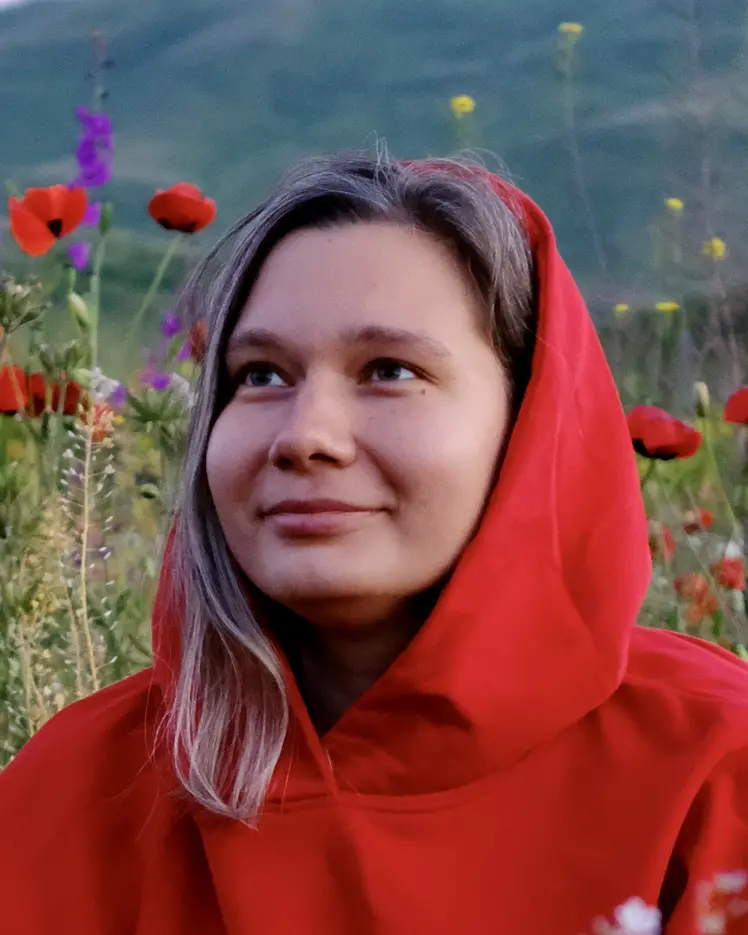
Ekaterina Lobacheva
Postdoctorat - UdeM
Superviseur⋅e principal⋅e
Sujets de recherche
Apprentissage par transfert
Apprentissage profond
Généralisation
Grands modèles de langage (LLM)
Lois d'échelle neuronales
Optimisation
Paysages de perte
Théorie de l'apprentissage automatique


